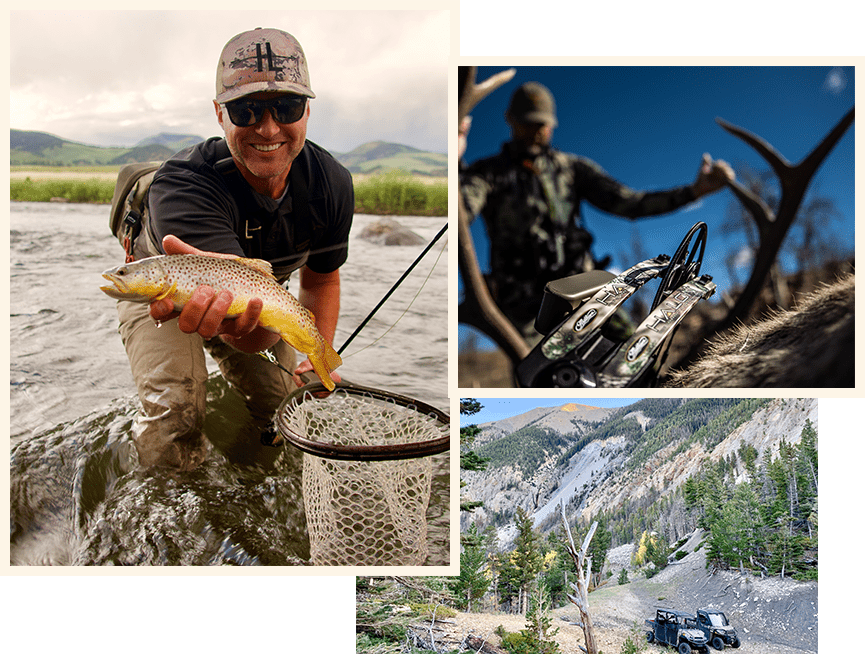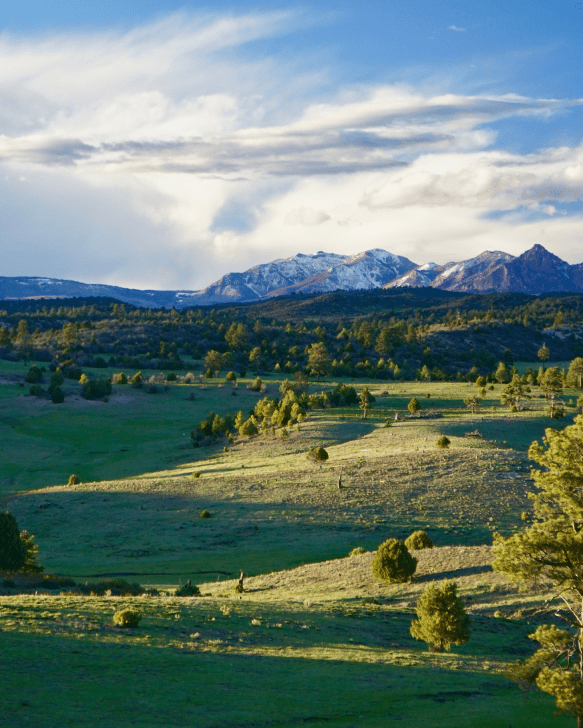Finding a Fortune in Beaver Ponds – Fishing Ranches For Sale
In the early 1800s, the lowly beaver turned the Rocky Mountains into a treasure trove for trappers and traders. Many a fortune was made from the luxurious pelts that fed a thriving felt hat industry in Europe and the fledgling United States of America. Today, the felt hat industry is long gone, but Rocky Mountain beavers still provide a treasure trove; except now it’s one of trout. Those willing to follow in the tracks of the mountain men can find their own fortune comprised of solitude, adventure and often, some very fine fish.
Beaver ponds are, as the saying goes, where you find them. If a good food source of willows, cottonwoods or aspen is nearby, nearly any trickle of water is a candidate for damming by a colony of beavers. In prime beaver country, it’s not unusual for beavers to build a whole series of dams, creating a “beaver pond megalopolis” a mile or more in length. The colony will grow and thrive until the beavers literally eat themselves out of house and home, or until high water destroys their work. In such cases, the beavers often simply move on to a new food source and a new stream to dam.
For the most part, beaver ponds are beneficial for trout. Beaver ponds can create the deepest pools on a small stream, providing vital trout refuges in summer and most importantly, in winter. In steep drainages, beaver ponds create slow pools on streams that would otherwise be cascades with little holding water for fish. Beaver ponds are also natural reservoirs that can help maintain steady flows downstream in late summer. Finally, beaver dams can encourage healthy streamside growth that is good for insect life and provides overhead cover.
So with all of the benefits of beaver ponds, what’s not for anglers to like about them? Nothing, really, except for one thing: they’re usually maddeningly difficult to fish. Many ponds are surrounded by a wall of willows almost impossible to penetrate, and most have a mucky bottom that can capture a wading angler and never let go. The dams themselves make tempting casting platforms, but standing on them often sends the entire trout population of the pond into a panic, creating fish wakes well beyond your casting range. And if all this wasn’t challenging enough, hidden beaver holes and canals around the pond threaten to seriously injure the angler who isn’t paying close attention.
Because of their “built-in defenses”, beaver ponds are simply avoided by many anglers. But that avoidance also means that larger than average trout (sometimes much larger than average) call these beaver-engineered fortresses their home. Learning how to penetrate the beaver pond’s unique defenses can pay off big. The following tips can help the adventurous angler catch fish in the ponds that others simply bypass.
1. Almost every beaver pond will have a casting lane directly above the dam. Approaching the dam from below is a smart move if you can keep your head not much higher than the level of the dam. Avoid the temptation to stand on the dam until you’ve thoroughly fished the water near the dam.
2. Look for whatever unobstructed shore areas along the edges you can find and work hard to get there for a casting position. Stooping to “deer height” can lead to the discovery of tunnels through the willows that can offer surprisingly easy passage. A short rod (6 to 7 feet) is much easier to maneuver through willow thickets than a long one.
3. If you’re flyfishing, learn to roll cast. Spin fishermen have a decided casting advantage in very brushy ponds.
4. As in moving water, beaver ponds have prime holding areas, too. Pay special attention to deep channels, overhead cover and moving water at the inlets.
5. Unless fish are actively rising, tie on something subsurface, like a Black or Olive Woolly Bugger, Muskrat Nymph, Hare’s Ear Nymph, or Copper John. Stripping these flies back slowly usually works best.
6. Surface action on Rocky Mountain beaver ponds is often best in the evenings. Expect midge hatches to be most common, so carry a supply of Griffith’s Gnats in sizes 18 to 22.
No, beaver ponds aren’t the easiest places to fish. But they can be some of the best places to fish. Two hundred years ago, the mountain men in search of beavers and fortune, loved them. Approach the ponds with the same adventurous spirit of the mountain men, and you’ll grow to love them, too.


